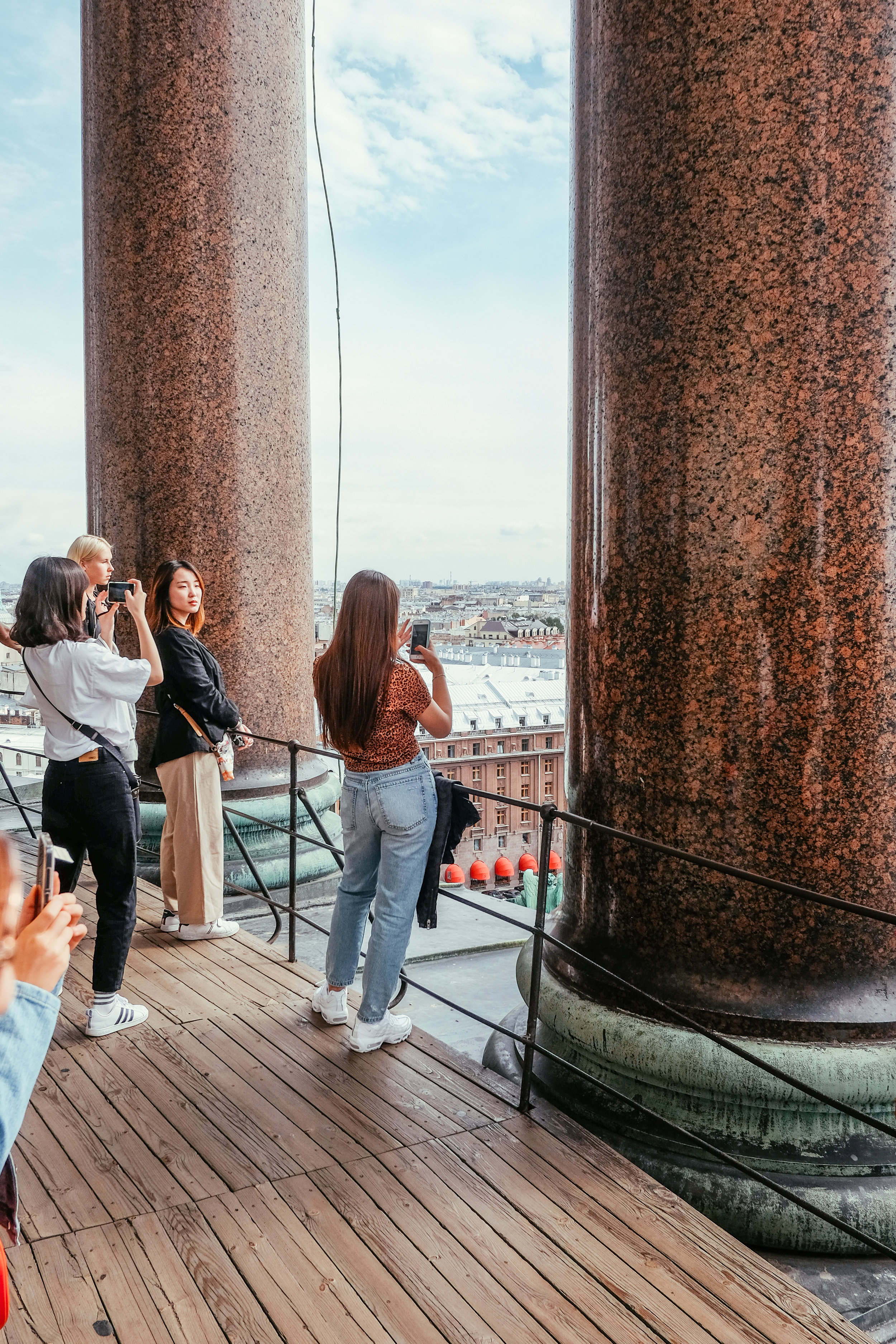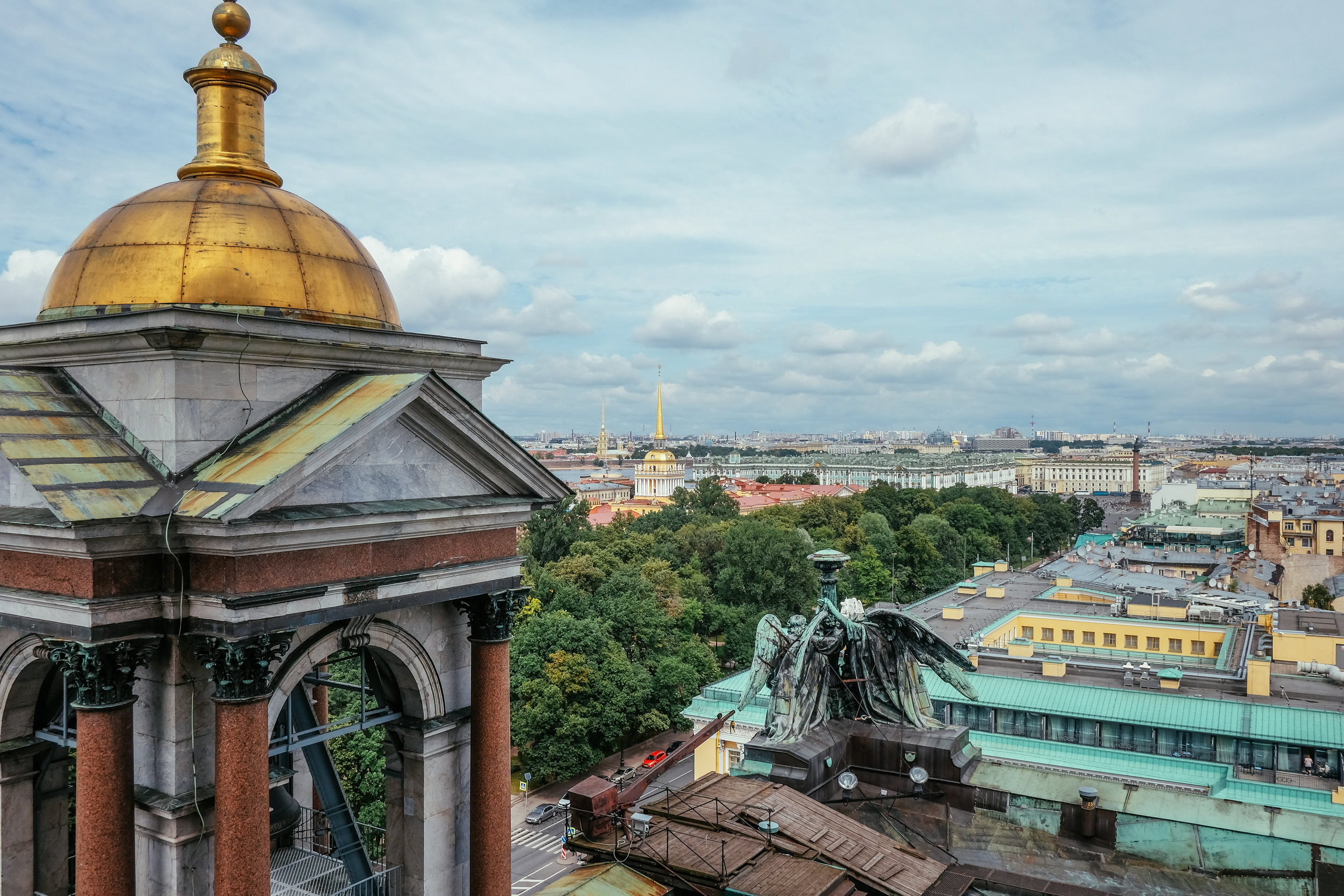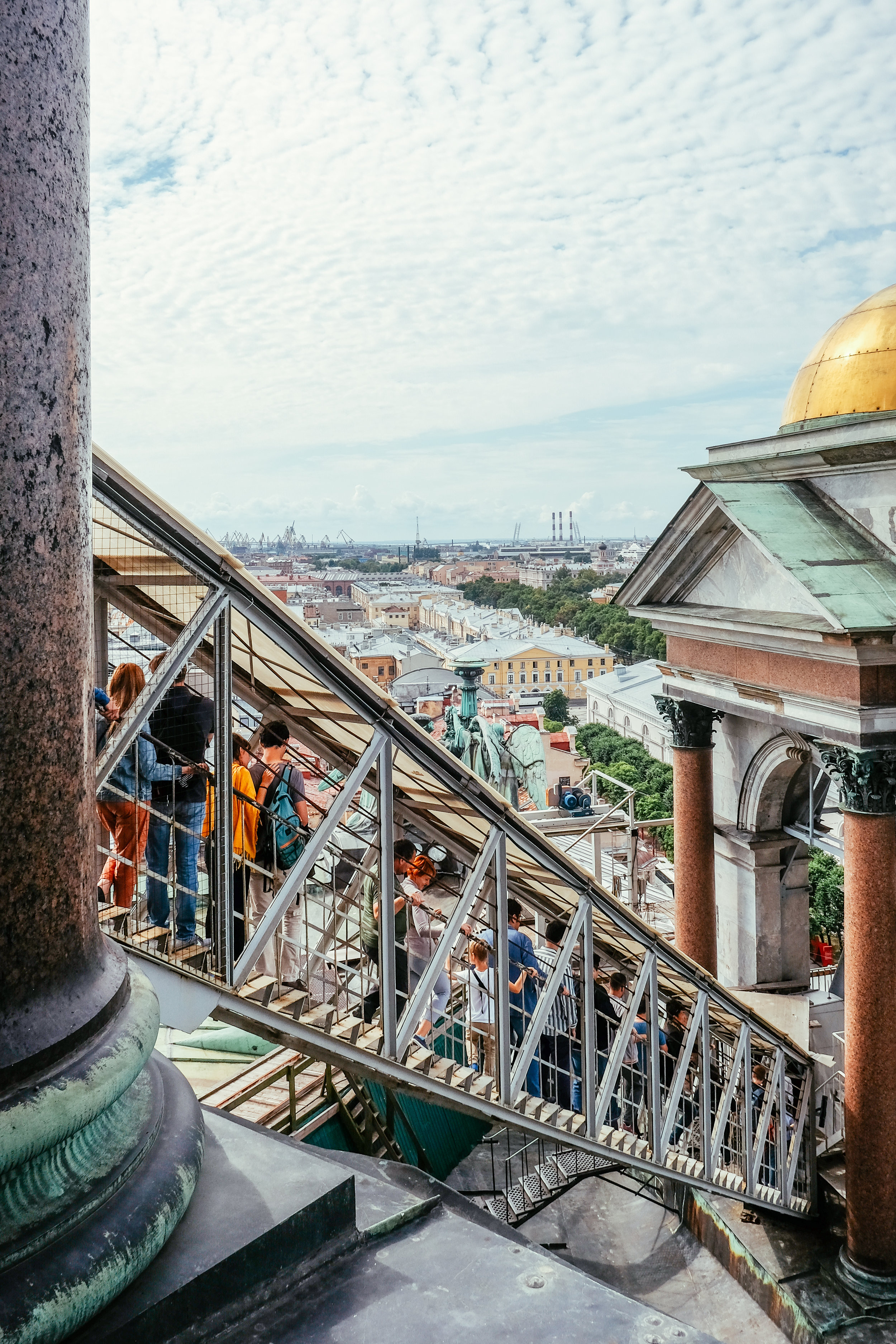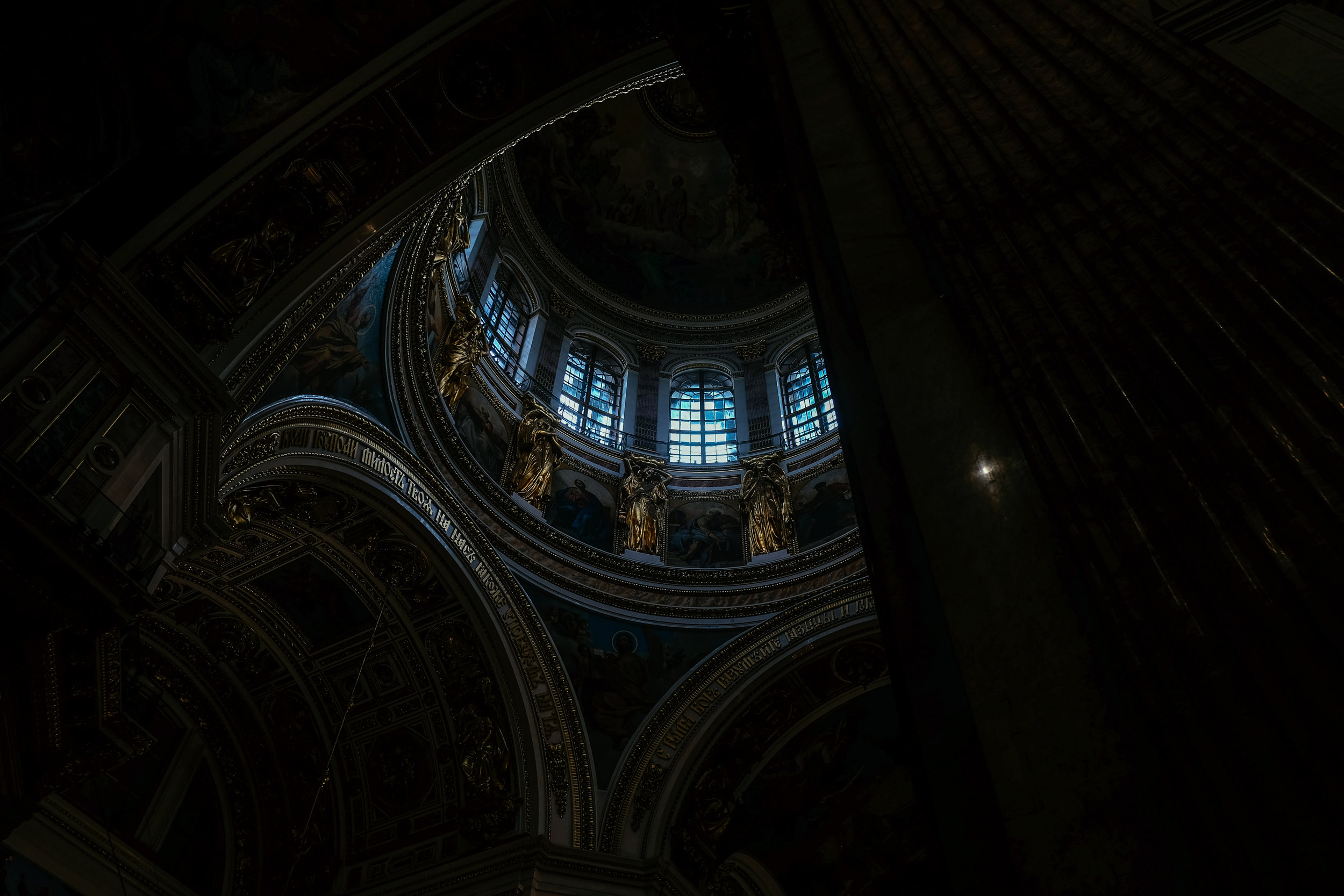St. Petersburg: What to do in Russia's Cultural Capital
When people ask, I often say that St. Petersburg is the Russian version of Chicago. It’s older, perhaps a bit cleaner, porous, complex, and emotional. At times, the city breathes gloomy and grey on the surface, but dig deeper and the character of St. Pete’s is what makes every Pushkin poem come alive.
When to Visit St. Petersburg
Any Google search will tell you that May through August is probably the best time to visit St. Petersburg because you have a 50% chance of decent weather and 100% chance of one of the most majestic and mysterious experiences in an urban European atmosphere. The infamous White Nights are more than just little-to-no dark during a stretch of about 30-60 days. White Nights is an event, a state of mind, a moment in time, or a good reason to stay out well into the night catching up with old friends: Peterburgians are at their sweetest, most fun, most excited than they typically are during the romantic summer months, much like Chicagoans in July and August. Sure, there’s ALWAYS a 50% chance of rain, but the city turns into every dramatic piece of Russian literature you’ve ever heard about or read. People are on the street all night, couples canoodle over the docksides to watch the bridges draw over the Neva River before party-goers and taxis race across those same bridges to make it back home for a couple of hours of sleep in time for work the next day.
St. Petersburg: Cultural Capital, Culinary Examiner
I could write a dissertation on all of the cultural sites and public monuments in St. Petersburg, but I'll say that at the very least you need a canal tour to understand St. Pete’s claim as the northern Venice and at least one full day exploring the Hermitage Museum to see why city guests say it’s better than the Louvre. But there’s no one right way to see St. Pete’s - there’s something for everyone on every corner. There could be a hidden mosaic public art gallery on the concrete bed skirts of someone’s apartment building or a short ride in a Yandex Taxi (their version of Uber) to the Hermitage Archives for a private tour of Peter the Great’s half-restored golden carriages.
As for the food scene in St. Petersburg, it’s all over the place. A friend recently told me that Korean Street Food is trending, while all I saw was Georgian-themed restaurants popping up on every street corner. Good traditional Russian food is hard to come by unless you know someone who lives there, and if so, by all means, plan all of your dinners around their cooking. Try Stroganoff or Cococo for experimentally interpreted Russian dishes like rabbit dumplings steamed over milk. Otherwise, I highly recommend Grand Hotel Europe and its namesake restaurant, recently acquired by the Belmond group. My grandparents used to go there on dates when it was the only decent place open during the Soviet Union, and now in all of its splendor, you can admire the stained glass interior, white-glove service, and an intimate trio performance of symphony, ballet, and opera on Wednesday nights. Order the osetra caviar to truly feel like a royal here.
Aside from the grandeur of places like L’Europe and Astoria Hotel, make sure you make a pit stop for the famous Soviet-era donuts on Bolshaya Konyushennaya Street, still made from the old 1950s recipe and for less than a dollar apiece. Standing in line for these pillowy beignet comparables is totally worth it. Don’t be dismayed by the unapologetic old lady ‘baristas’ that rush you along, drop a handful of the “pishki” in your retro plate and pour you a sugary concoction of coffee and milk to accompany this indulgence. There’s usually nowhere to sit, but it won’t matter since you’ll be moaning in delight with your eyes closed.
Traditional Lavish with a Hint of Millennial Chic
If you’re a coffee snob, I wouldn’t say Russians know how to make an unforgettable espresso drinks like, let’s say the Italians, but unlike our very own glorified coffee houses that close at 6pm here in the States, cafes in St. Pete’s (like others across Europe) stay open late into the night, are cheap, chic, and often where all the action happens. My family and I like to stop at the very lavish Eliseyev Emporium for a decadent dessert and a cappuccino, but that’s mostly because my grandmother scored her first job there when she moved to St. Pete’s in her early 20s. Otherwise, the city has been recently popping up with unassuming, carefully curated, minimally inspired co-working spaces and small ‘culture clusters’ in dark alleyways, where you can easily order an oat milk latte or flat white, and maybe even enjoy some local stand up comedy, even if it’s just for celebrity sightings. On this last trip, Greg and I randomly came upon a co-working space called ‘Kollegi’ (translated = colleagues) and enjoyed an avocado toast on rye, while local creatives dripped in tattoos, Vans, and skinny jeans huddled over photo edits on their MacBooks and took Instagram photos of their lattes, all too much reminding us of home.
Westernized concepts like these are popping up all over St. Pete’s, including local taquerias, like 2 Taco, serving trendy Mezcal concoctions, and speakeasies hidden in apartment complexes, accessible through alleyways off the beaten path. But regardless of the city’s attempt to keep up with the tastes, trends, and desires of it’s growing millennial and post-millennial citizens, there’s nothing common or outdated here. The distinctiveness of St. Petersburg’s character is a historic emblem of the city - once the capital of Russia, always the cultural epicenter, true Peterburgians are communally proud, equipped with a thirst for learning, and always eager to reinvent, experiment, and to challenge. It’s precisely why when St. Isaac’s Cathedral (the city’s largest) was at the center of debate around its status as a museum versus its non-secular identity as a church, the city’s cultural community organized and challenged the system to maintain the site as a cultural destination. Peterburgians are thinkers, thoughts partners, philosophers, art lovers...creative creatures and citizens operating in the 21st century, carrying the pride of a timeless, ageless, unfading European city.



















